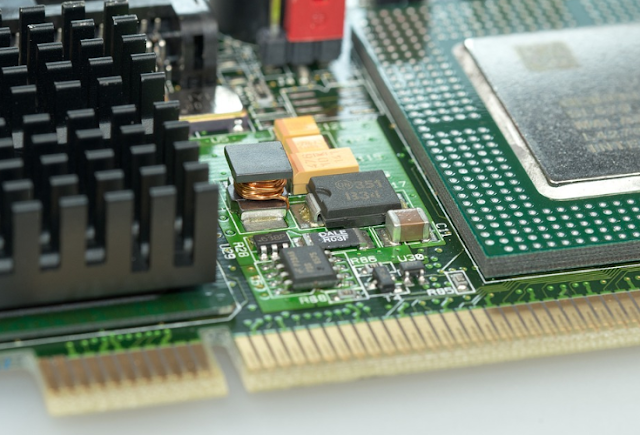Thanks to the Internet of Things (IoT), rapid prototyping, and other technologies supporting agile product development, more start-ups are now entering the hardware market with their innovations.
The process of designing a new product isn’t as complicated as it used to be with so many resources currently available.
The process of designing a new product isn’t as complicated as it used to be with so many resources currently available.
You too
can enter the hardware landscape and turn a simple idea into a product that
customers can buy. Before venturing into the world of hardware development,
however, there are several important things you need to know.
Be Exact with the Functions
Before
you can develop a prototype and start planning for mass-scale production, you
need to start with a mature product idea. The first draft of the idea is not
going to cut it. Rather than rushing through the product development process,
work on the idea until it reaches a more mature stage.
You can
start by defining the exact functions you want the hardware to handle. These functions need to solve genuine
problems that potential customers are having in order for the product to succeed.
Once the functions are defined, you can start iterating in the 3D environment.
Think About the Components
You
don’t have to make everything yourself to have a successful bit of hardware,
but that doesn’t mean you can be casual with the components you will be using
either. Everything needs to be planned early to avoid future issues, including
the components you use.
Find
potential sources of parts as you work on the design of the product. Make sure
the parts are readily available and that you can get them without jumping
through hoops. It is also a good idea to see how well the components can be
integrated into your manufacturing plan.
Explore New Avenues
The
hardware landscape is really exciting right now. There are new inventions and
technologies that makes new things, including more compact products that offer
better functionalities, possible. It is up to you as the developer of the
product to find the right technologies to use.
When
working on a complex hardware, for instance, you can turn to rigid flex PCBs
to achieve more than what you set out to do. Since you are not constrained by
the limitations of traditional circuit boards, you can be more flexible in
designing the flow of your PCBs and how you integrate different components.
Make Multiple Prototypes
Rapid
prototyping is your best friend when it comes to hardware development. While a 3D
environment is great for designing the actual hardware and testing your ideas,
you cannot know for sure that the hardware will work until you start making
prototypes.
This is
where you can splurge a little. After making your first working prototype, find any potential issues to address, and
improvements that can be added to the product, and repeat the process by making
another prototype. After several versions, you will end up with a refined
product.
That’s
when you know you have a product ready for the market. By keeping these details
in mind, you will have no trouble bringing your most innovative idea to life.
After all, you have so many technologies and new approaches to rely on as you
develop your own hardware.



0 comments:
Post a Comment